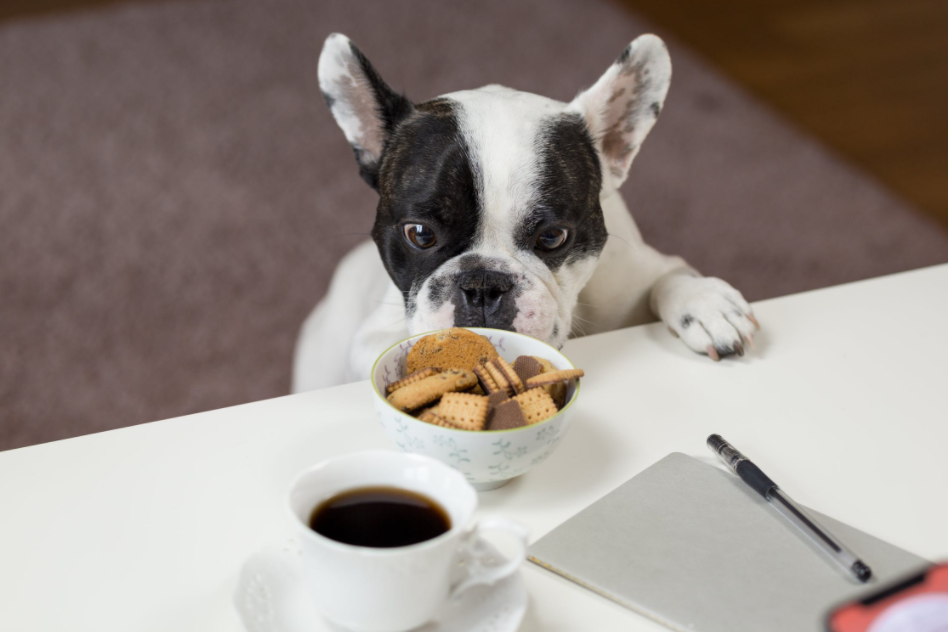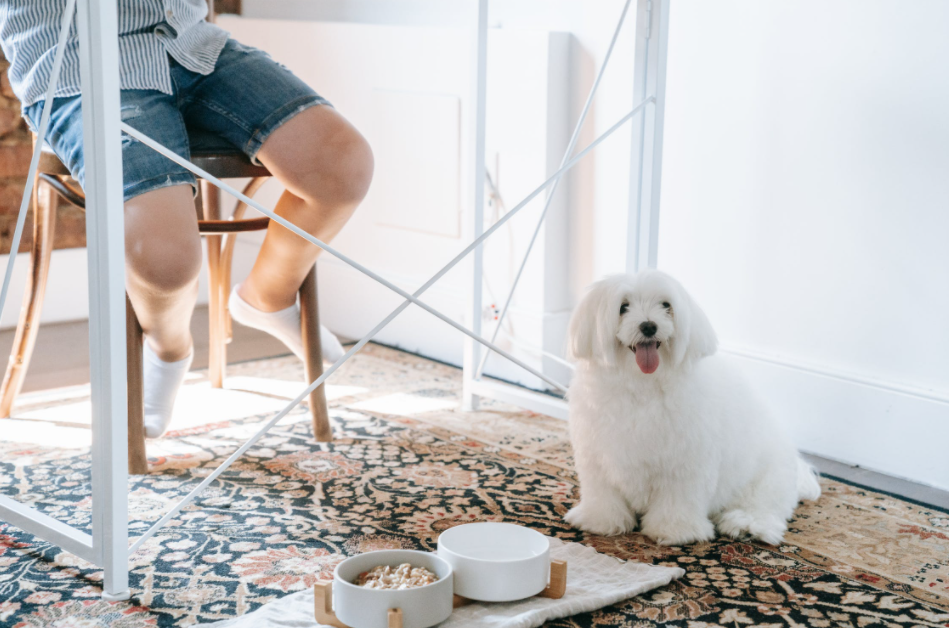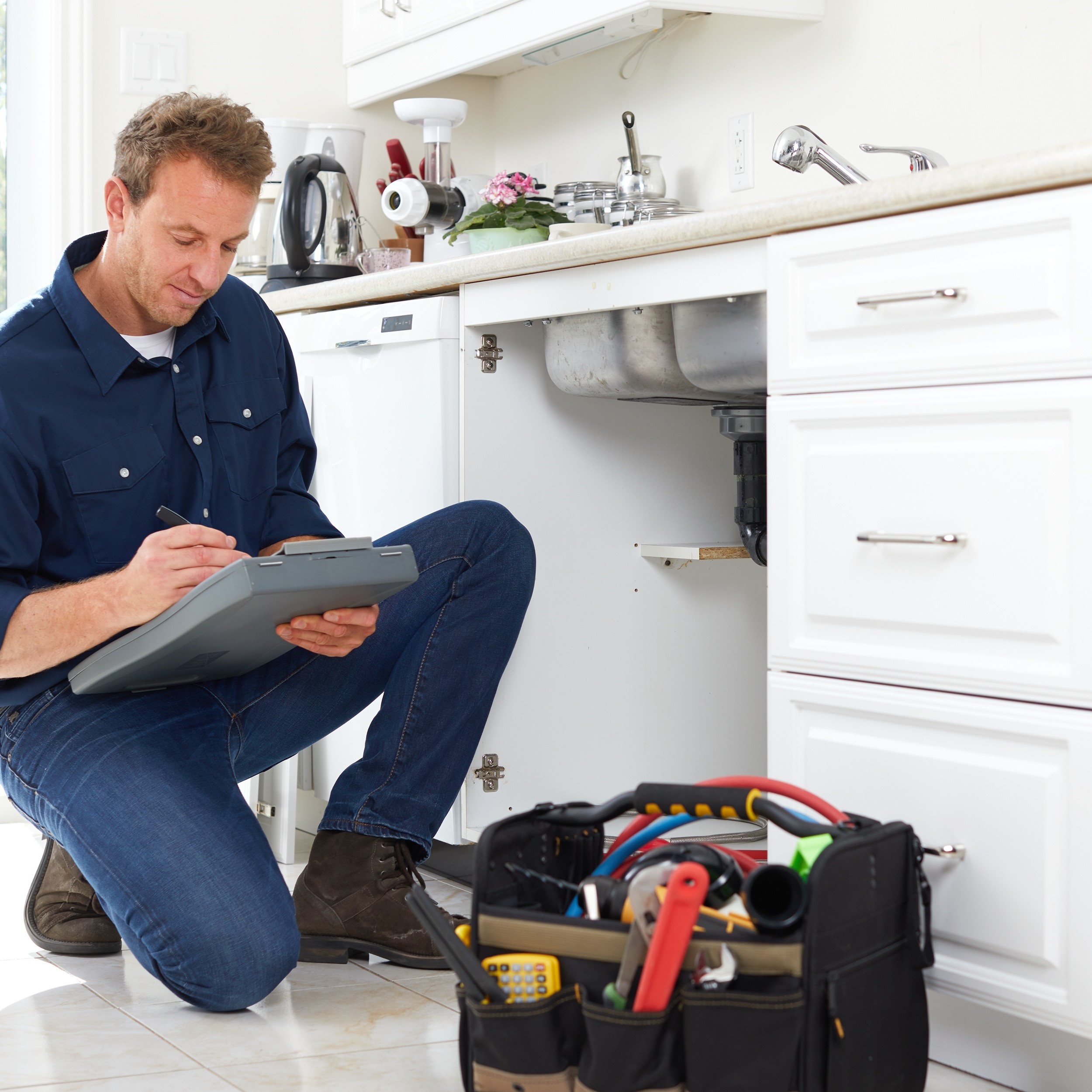9 Tips to Store Pet Food in Homes

Having a pet is a fulfilling experience. And when it comes to taking care of them, there should not be any room for mistake or carelessness!
 Photos By: Pexels
Photos By: Pexels
One of the best ways to ensure the health of your pet is to take care of their nutritional requirements and then provide them adequate feed. There are numerous vendors and sources that supply pet food nowadays.
Whichever type of pet food you go for, it is essential that your pet’s food is protected all the while it is stored at your home. To get your money’s worth and to give your pet the best food possible, you need to ensure that their food is protected from pest contamination and/or weather conditions. Take note of the following tips to store pet food at home safely:
1. Note the Expiration Date
When you are at the store, one of the most critical aspects of buying pet food is to check the durability of the food. Make sure to check the expiry date of the pet food before accepting the package from the store owner. The shelf life would vary from item to item. Consider the size of the packet and the expiry date before buying it, as you do not want the food to go bad before you have a chance of going through it.
2. Packaging should be Intact
Most of the food you will find yourself buying is available in the market in plastic packaging. Airtight food packaging ensures that the freshness remains intact. But sometimes the package might have a tear which compromises the quality of the product. Check the package thoroughly before accepting it.
3. Mind the Temperature
Typically and unless stated otherwise, the food package is best stored in cool and dry conditions. Storing it as such prevents rancidity and keeps the vitamins intact. Refrain from keeping food in humid conditions as it is where most pests breed and thrive. Higher temperature while storing can cause the food’s shelf life to decrease faster.
4. Pick an Airtight Storage Container
Whether you are shifting the food in its entirety into a container or keeping the contents sealed in the original packaging, keeping the storage container or packaging airtight is essential. Airtight packaging does not let humidity or pests contaminate the food and keeps the food fresh for longer. It would be best if you considered buying an airtight container from a reliable manufacturer like roetell in case you often buy pet food in bulk.
5. Glass over Plastic
If you are considering buying storage containers, always go for glass. It is a one-time investment, and the quality of glass is always better than the plastic used in storage containers. Many plastic containers are not BPA-free and can cause the food to smell or go rancid. Store your food in an airtight glass jar to lock and maintain the quality of the food.
6. Freeze for a Longer Shelf Life
If you are buying food in bulk, it makes sense that you only put in a storage container what can be consumed in the coming few weeks. The rest of the food is best kept in the original packaging, which is clipped and wrapped in another layer of plastic to prevent contamination. Freeze the rest of the food in a freezer to extend its shelf life. You can freeze food for up to 6 months. Just pack it appropriately to prevent your freezer from smelling like pet food.

7. Do Not Throw Away the Bag
Whether you are using a storage container or alternative storage methods, do not immediately throw away the bag the pet food came in. Its serial number might come in handy if there is any problem with the product that needs to be reported. Keep it close until your pet finishes that particular portion of the feed.
8. Take Special Care when it comes to Canned Food
Canned food needs to be checked and paid particular attention to because it is wet and can accumulate bacteria far more quickly than dry food. Once opened, make sure your pet finishes the contents within four hours. If not, throw the food away as it might do more harm than good. Always wash the dish with soap after serving canned feed.
Canned food can be stored in the refrigerator for a week. Even if you open it, ensure that it is sealed in an airtight container. Refrain from freezing canned food, though. It can change the consistency, the smell, and the taste of the food, which would not give your pet the satisfaction of eating.
9. Water and Dry Food Do Not Mix
Whether it is for storing or for feeding, water and dry food are meant to be together. You might consider it is easier for younger pets to eat or for pets with dental issues or other problems, but other than these reasons, do not mix water with dry food. If not consumed, do not keep it in the dish for more than 30 minutes, and discard the leftovers.
Conclusion
Storing pet food has more to do with the health of your pet than with making a good purchase and getting your money’s worth. Buying in bulk is cheaper, but it can cost you if you do not take measures to adequately store your pet feed. Make a one-time investment to get a storage container specifically for pet food. Remember to either get glass jars or quality plastic materials.
It is important to understand all the factors that can impact your pet’s health, and not being able to provide nutrition from food is one of the main reasons. Keep your pet’s food in a place that is away from direct sunlight and is dry. Regularly clean the area where you have stored food to ensure that there is no pest contamination. Once you are aware of everything that can go wrong, you are better equipped to prevent any of it from happening.








